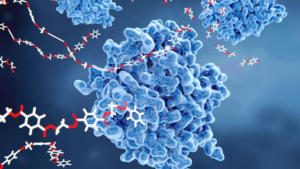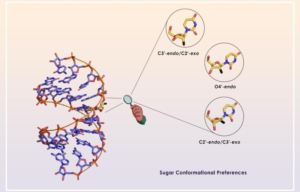Dr. Atsou Ochi recently published his invention related to methods for reprogramming somatic cells into pluripotent stem cell-like cells. Such cells may express pluripotency-inducing genes, including Oct4, Nanog, and Sox2, without introducing exogenous genes, proteins, or chemicals. The discovery that the inhibition of mechanosensitive and stretch-activated ion channels in somatic cells specifically activates pluripotency-inducing factor genes inspired the cell reprogramming culture methods in which somatic cells were incubated with the inhibitor, GsMTX4, against mechanosensitive and stretch-activated ion channels, cultured on the soft hydrogel surface, or treated with cholesterol depletion substance, methyl-beta-cyclodextrin (MβCD).
Described methods produce pluripotent stem cell-like cells and subsequently re-differentiated cells, which include adipocytes, osteocytes, and neuronal cells. Methods may be combined to increase the efficiency of somatic cell reprogramming.
To take the next step in development, Novoxyne and CarboHyde started a multiple-staged collaboration project to assess the effects of various cyclodextrins as reprogramming agents of somatic cells, components of stem cell differentiation, and future tools in stem cell-based therapies.
Novoxyne and Dr Ochi will focus on comparing the effects of different cyclodextrin derivatives on cell redifferentiation, while CarboHyde’s expertise will be used to select and customize this project’s best-working cyclodextrin derivatives.
“We have always had a deep interest in using carbohydrates in novel ways of biotechnology. In fact, two out of our in-house pipeline programs are developed in these directions. Our collaboration with Novoxyne is likely to become a strong third one in a field that holds both great promise and huge challenges in the future of pharmaceutics. I am sure that this collaboration will be mutually rewarding and may open novel insights in the application of cyclodextrins in biotechnology” said CarboHyde’s CEO József Tóth about this upcoming collaboration.
ABOUT CARBOHYDE
CarboHyde is a private preclinical pharmaceutical start-up specializing in developing carbohydrate-based APIs. Our team consists of a small group of seasoned scientists with over 50 years of cumulative experience in the field of carbohydrate chemistry, analysis and pharmaceutical development. The company’s core focus is neurodegenerative diseases, yet we also have other pre-clinical programs in various unmet medical indications. Fully embracing the pharmaceutical development ecosystem, we utilize contract research organizations (CRO) and other companies focusing on CMC and clinical development to make our drug development process efficient. CarboHyde’s management team has extensive experience in medicinal chemistry, marketing, and pharmaceutical development. In addition, CarboHyde is supported by experienced advisers, consultants, and carbohydrate veterans.
ABOUT NOVOXYNE Novoxyne is a research company founded by Atsuo Ochi dedicated to discovering cures to human diseases. We have developed therapeutic fusion proteins based on the checkpoint receptor ligands and cytokines. We have also developed a groundbreaking reprogramming technology that converts somatic cells to stem cells without gene transfection. Our reprogramming technology quickly makes the limitless number of stem cells from any somatic cells and stem cell therapy will become very accessible and safe. No gene transfection, no embryonic stem cell, and no purification of mesenchymal stem cell is necessary for our technology to prepare a large number of stem cells.







